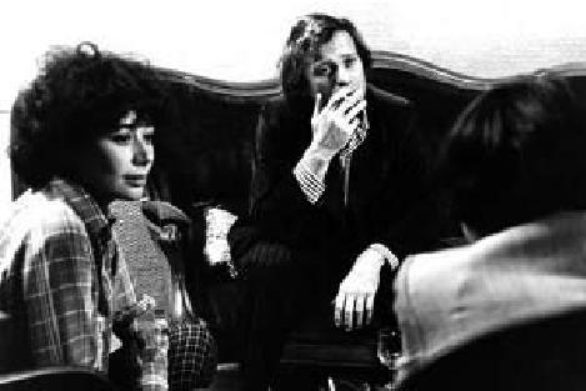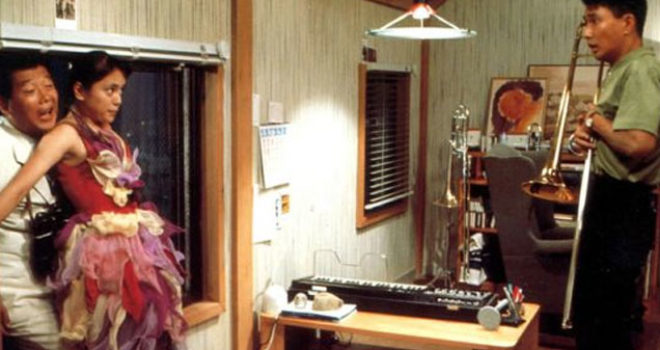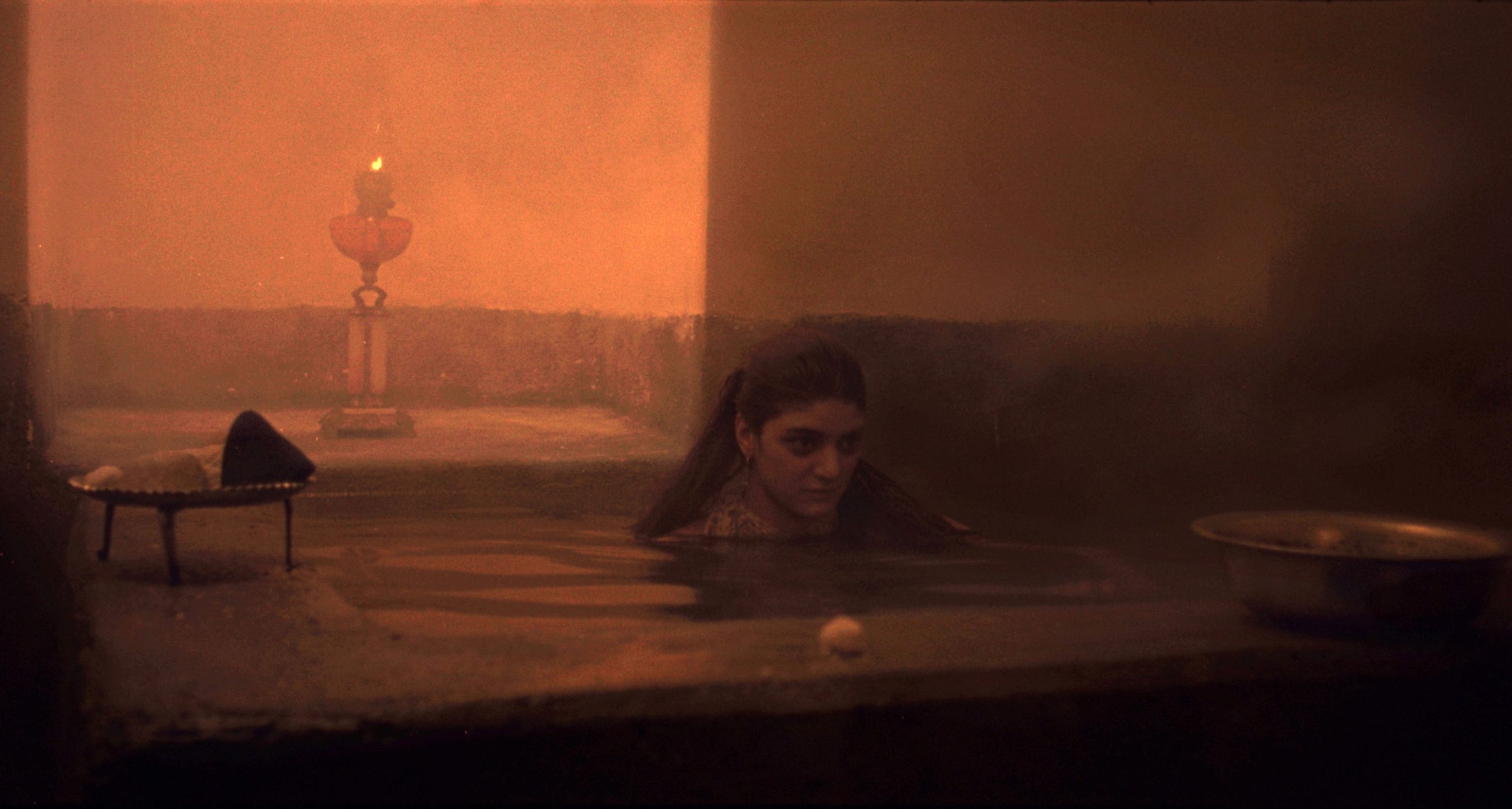The origins of this film lie in an incident presented as having been genuinely experienced by Jean-Noël Picq, a friend of Jean Eustache, who accidentally discovered the existence of a strange ritual in the toilets of a Paris café in the Motte-Picquet Grenelle neighbourhood. A hole at the bottom of the ladies’ toilet door allowed men to spy on the private parts of the women using the toilet. On two occasions, a man (Michael Lonsdale in the film, Jean-Noël Picq himself in the documentary) relates this scandalous experience in exactly the same terms and in almost iden- tical conditions. The power of fiction of speech gives the two versions of the same story an implacable value as a work. In the absence of images showing the place or the action, it is indeed the particular unease that its transmission creates that allows us to measure its power of truth in the philosophical and aesthetic sense of the term. In front of his listeners, the voyeur becomes a public speaker, with his account appearing as a performance. And the very nature of this unusual transposition of the world made possible by the cinema is what the two films refer us back to in their succession and inversion – first fiction and then documentary.
«I had been wanting to tell this dirty story for years and I had been looking for ways to tackle it. At first, I thought about putting it in a feature, as a digression (… ) Then I thought, “The interesting thing about this story is what it refl ects, so I’ll only half illustrate it, the illustration will be backed up by the story, we’ll see the action at times, the storyteller at others.” I felt that wasn’t ideal either and, as a last resort, I found that the only way to make it was to film the fellow actually telling the story. This is an impos- sible film to make, I declare it impossible. I try to write it and I can’t, so I’ll have it told. I have included my preoccupations and research in the film.” Jean Eustache, from an interview with Serge Toubiana, Cahiers du Cinéma, n° 284, January 1978, Paris.



